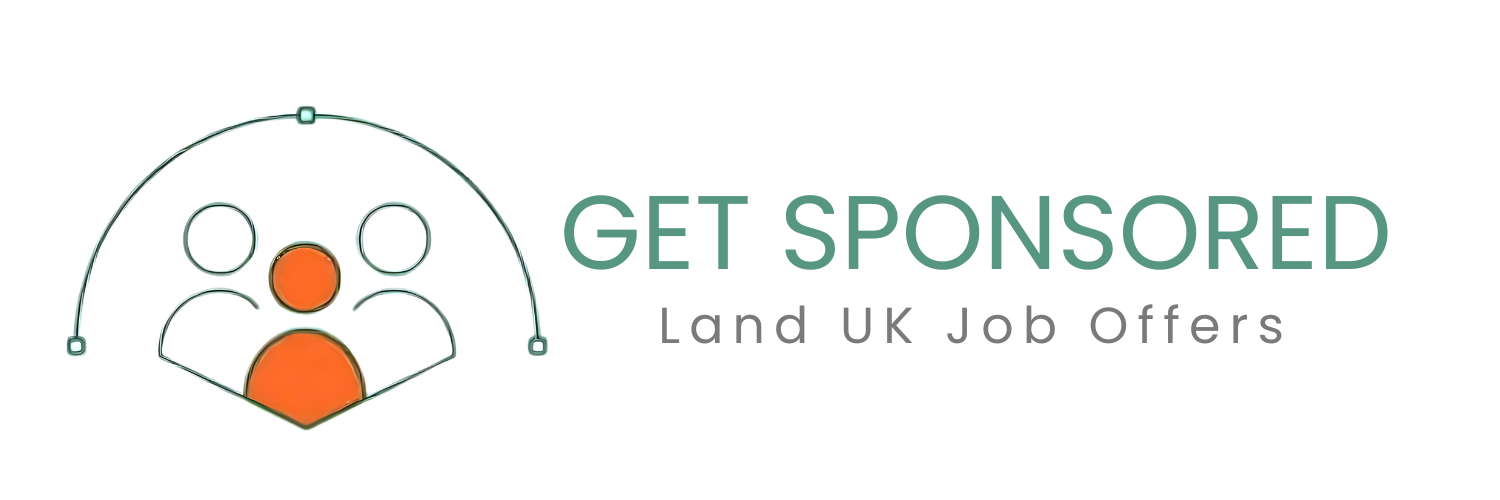Be Honest… Is Your Job Search Just a Fancy Way of Refreshing LinkedIn?
Let’s get real for a second. You’ve applied to way too many jobs, rewritten your CV yet again, and now you’re contemplating whether your LinkedIn headline should say “Seeking Opportunities” or “Passionately Unemployed” (because, let’s be honest, it’s starting to feel like a full-time job in itself).
You’re networking, upskilling, tweaking your CV to appease the mysterious ATS overlords, and still… nothing. Just another rejection email, probably disguised as a “we’ll keep your resume on file” pity response.
At this point, you might be wondering—is there a better way?
Well, my friend, let me introduce you to something that no career coach, recruiter, or LinkedIn guru has probably told you about yet.
It’s called Career Prototyping, and it’s about to change the way you approach job hunting forever.
What the Heck is Career Prototyping?
Imagine you’re about to buy a car. Would you just pick one online, pay for it, and hope for the best? Of course not! You’d take it for a test drive, feel how it handles, check if the seats are comfy, and see if the Bluetooth actually works.
So why don’t we do the same with our careers?
Instead of jumping headfirst into a role and realizing six months later that you hate it, Career Prototyping lets you “test-drive” different industries, roles, and skills before making a long-term commitment.
It’s about:
✅ Exploring career options without the pressure of a full-time job.
✅ Gaining real-world experience in different fields before fully committing.
✅ Reducing the risk of choosing a job that makes you want to cry into your coffee every Monday morning.
Think of it as dating your career before putting a ring on it.
Why Career Prototyping is the Future of Job Hunting (Especially in the UK)
Now, you might be thinking, “Sounds cool, but why should I care?”
Because the job market is changing fast, and if you’re still relying on the old-school “apply-hope-pray” method, you’re already behind.
🔹 AI is taking over jobs faster than we can update our LinkedIn bios.
🔹 Hybrid & contract-based work is booming, and companies want proof of skills, not just degrees.
🔹 Sponsorships are a maze, and if you’re an international job seeker, testing high-demand industries first can save you months of wasted effort.
Simply put—Career Prototyping gives you an edge in a job market that’s becoming more unpredictable by the day.
How to Prototype Your Career (Without Looking Desperate)
So how do you actually do this? It’s simple. Three steps. That’s it.
🔹 Step 1: Run “Micro-Experiments” in Different Roles
Instead of waiting for someone to give you a job, go out and test different career paths yourself:
✔ Freelance Gigs – Sites like Upwork, Fiverr, or Toptal let you try out roles without long-term commitment.
✔ Short-Term Internships or Contract Work – Perfect for testing an industry before going all in.
✔ Volunteering – Offer your skills to a startup or non-profit and gain hands-on experience.
✔ Job Shadowing & Informational Interviews – Spend a day (or week) with someone in your target role.
🎯 Example: Want to be a Data Analyst? Instead of waiting for someone to hire you, start analyzing real-world datasets and share your insights on LinkedIn. Companies LOVE proactive problem-solvers.
🔹 Step 2: Reverse-Engineer the Hiring Process
Instead of blindly applying to jobs and hoping for the best, get inside employers’ heads first:
✔ Talk to Hiring Managers – DM them on LinkedIn (politely!) and ask, “What skills do you actually look for?”
✔ Analyze 10+ Job Descriptions – Find the most common skills across different roles and focus on those.
✔ Test Yourself with Online Assessments – Sites like Turing or TestGorilla let you prove your skills before even applying.
🎯 Example: If five different job descriptions say “project management experience required”, and you don’t have it—boom, you know what to upskill in.
🔹 Step 3: Gather Feedback & Pivot If Needed
This is where Career Prototyping really shines. Instead of sending applications into the void, track your progress and adjust:
✔ Keep a Job Search Journal – What worked? What didn’t? What feedback are recruiters giving you?
✔ If Employers Keep Rejecting You, Ask Why – And actually use that info to improve your CV or skills.
✔ Be Open to Pivoting – Maybe you thought you wanted to be in marketing, but after a few projects, you realize you love data analytics. That’s the whole point of prototyping!
🎯 Example: You try UI/UX design, but realize you hate designing interfaces. Cool—pivot to UX research instead!
How Raj Went from Struggling Job Seeker to Sponsored Employee
Meet Raj. He applied to over 200 jobs and got nothing but rejections. Instead of crying into his coffee, he decided to prototype his career.
✅ Took three short-term projects in different industries.
✅ Spoke with 10 hiring managers and adjusted his approach.
✅ Built a mini portfolio instead of waiting for someone to give him experience.
🚀 The result? He landed a full-time sponsored role in Data Analytics, in a field he hadn’t even considered before Career Prototyping.
The Future of Job Hunting: Stop Searching, Start Testing
Let’s face it—job hunting sucks. But it sucks a lot less when you take control.
Career Prototyping isn’t just a job search hack; it’s a way to future-proof your career. Instead of waiting for the “perfect” job to magically appear, you’re out there testing, learning, and making things happen.
As Thomas Edison famously said:
“I have not failed. I’ve just found 10,000 ways that won’t work.”
Your job search should work the same way—experiment, learn, adjust. The more you prototype, the faster you’ll land a role that actually fits you.


